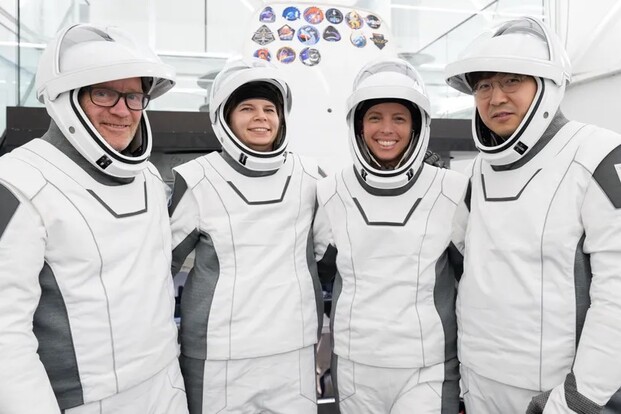SpaceX’s Fram2 mission launched via Falcon 9 rocket on Monday from Cape Canaveral. Over the four-day mission, the first to take place in polar orbit, 22 different scientific experiments are planned, with goals such as understanding how microgravity affects glucose regulation; what the effects are on female hormones; growing small mushrooms to observe their development in relation to the environment; and taking the first X-ray in space.
The SpaceX crew for the Crew Dragon Resilience spacecraft is comprised of four astronauts who are not professionals but entrepreneurs and scientists, the latter being necessary to carry out the research activities. Leading the mission is entrepreneur and financier Chun Wang, a Chinese-born billionaire and Maltese citizen who has amassed his wealth in cryptocurrencies. Norwegian director and cinematographer Jannicke Mikkelsen is in charge of managing the launch and re-entry phases, while robotics researcher Rabea Rogge will be the craft’s pilot. The mission specialist is Australian polar explorer Eric Philips, who has an experience of 30 missions to the Poles.

The non-professional astronauts, the first to reach polar orbit, find themselves immersed in a cloud of solar particles over the poles, such as those that cause geomagnetic storms. They face potentially intense geomagnetic storms, which experts say could be dangerous because neither the capsule nor the suits would provide adequate radiation protection.
The mission is scheduled to reenter off the coast of California instead of Florida, as is normally the case with SpaceX’s capsules. The crew will try to exit the capsule unassisted. This is a kind of experiment that will be used to figure out how to land on future manned missions to the Moon and Mars, where there are no teams of caregivers and medics ready to accommodate space travelers.












